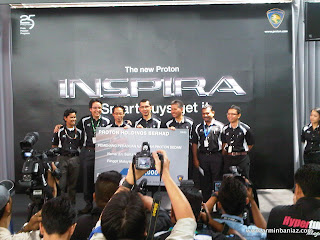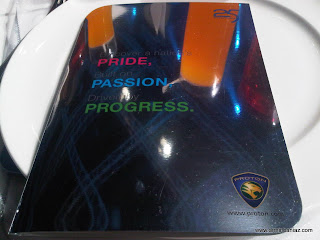PRESS RELEASE
Kuala Lumpur, “The dealers fraternity are disappointed with the remark made by BackBencher’s Club Deputy Chairman Datuk Bung Moktar Radin calling for Proton to be wound up for embarrassing the nation by producing a rebadged Mitsubishi Lanser as Proton Inspira”, said Armin Baniaz Pahamin, President PROTON EDAR DEALERS ASSOCIATION MALAYSIA.
The remark made by Bung Moktar was naïve and insensitive without a clear understanding on the automotive industry especially Proton. The introduction of Proton Inspira is an addition into the current Proton stable of cars. The Proton Inspira created a new market for Proton to penetrate, a market that is currently being dominated by the Korean and other Japanese makes.

























